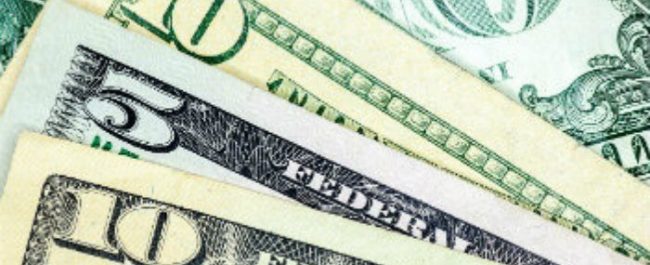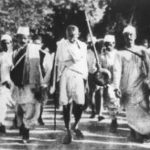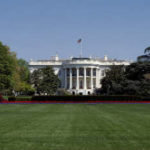The Beginning Of Wall Street Insider Trading
Insider trading fattens the pockets of greedy Wall Street figures and has resulted in serious financial crises for many Americans. Ira Riklis sheds more light about how and why this all started.
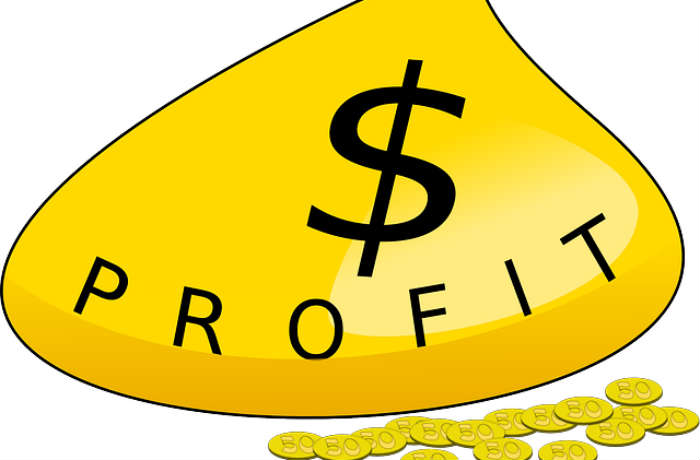
Basic Insider Trading Information
The U.S. Securities And Exchange Commission (SEC) explains that illegal insider trading refers to “buying or selling a security, in breach of a fiduciary duty or other relationship of trust and confidence, while in possession of material, nonpublic information about the security.” The SEC gives other examples of illegal violations, such as “tipping,” which involves tipping information and trading based on that tip.
The SEC also reveals that actions related to insider trading undermine the sense of confidence in fairness and integrity of the markets.
Insider Rules And Laws Established In The U.S.
The birth of U.S. publicly traded securities took place in 1790. It did not take long for the first arrest and serious fallout to occur. ProCon provides a history of insider trading, including that of William Duer, Assistant Secretary of the Treasury under Alexander Hamilton. Duer used his insider connections to Hamilton to profit on speculating related to newly-issued debt of the U.S. Government. When he went broke, so did others who followed Duer’s lead, resulting in the collapse of the economy in New York City. He later died in a debtor’s prison.
Other illegal schemes resulted in substantial losses for investors such as the 1869 gold market collapse and the stock market crash of 1929 that led to the Great Depression.
The U.S. Congress passed The Securities Act of 1933. It served as the first legislation to accomplish the goals of identifying an insider. It also prohibits misrepresentation, deceit, and fraud related to the sale of securities. The act is often referred to as Truth in securities law.
The U.S. Congress established the SEC with the Securities Exchange Act of 1934 and gave the SEC broad powers. It identifies and prohibits certain conduct in the markets and empowers the SEC with disciplinary powers over regulated entities and individuals associated with those entities.
What Started Trading On Wall Street?
Insider trading on Wall St. exists in spite of prosecutorial crackdowns. One of the most noted and first recognized major cases began August 24, 1982, after Martin Siegel and Ivan Boesky hatched an elaborate scheme.
Siegel, employed as an executive in mergers and acquisitions at Kidder, Peabody & Co., concocted a plan with Boesky where Marty Siegel agreed to provide Ivan Boesky with early insider information related to upcoming mergers. Siegel accepted and couriers delivered the frequent payoffs to Siegel whenever he provided Ivan Boesky with insider information.
Eventually, other insider trading occurred, resulting in the 1980s being called the Greed Decade by some. ProCon called the actions by Siegel and Boesky, along with Michael Milken and Dennis Levine, the greatest criminal conspiracy that the financial world had known to date. The New York Times points out that Boesky became known as “Ivan the Terrible,” after his illegal actions.
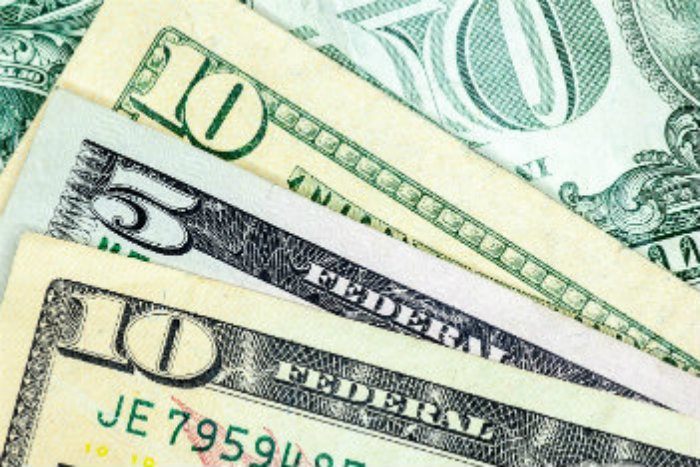
Judgment And Sentencing
Siegel received the lightest sentence, just two months, even though he conspired with others in insider trading schemes. The light sentence was a result of his cooperation in the case. He forfeited $9 million, while Boesky agreed to forfeit $100 million and received a three-year prison sentence. Milken agreed to the forfeiture of $600 million and received a ten-year sentence. Dennis Levine received a two-year sentence and admitted to profiting $12.6 million, which the court ordered forfeited.
Insider trading still occurs in spite of cases like the August 1982 Siegel and Boesky scheme. In fact, PBS cites the words of Preet Bhahara, U.S. attorney for the Southern District of New York, who referred to the frequency of Wall Street insider trading as rampant.

